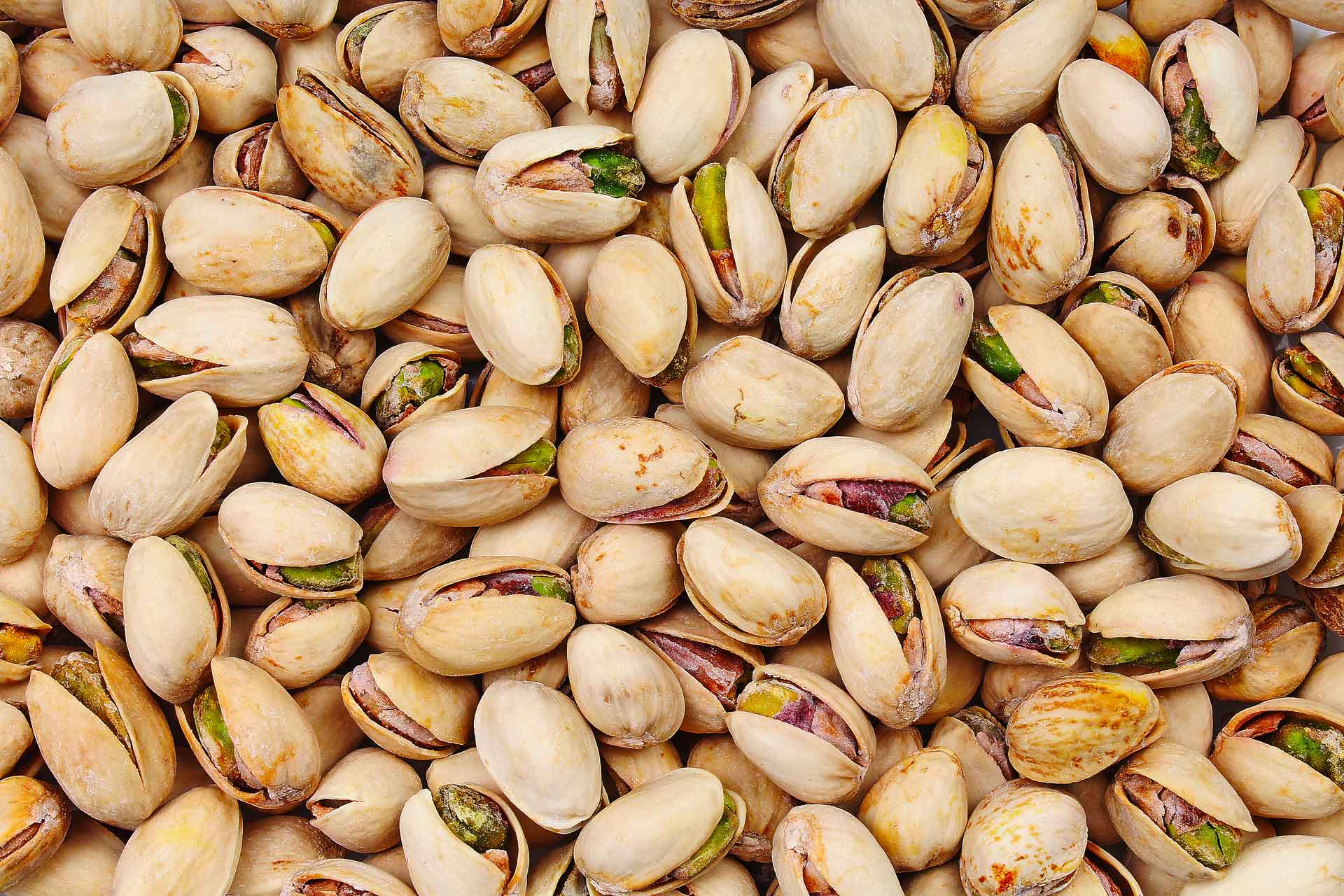Gurreet Brar hopes to determine not only what it will take to boost pistachio yields following warm winters, but the reason why trees fail to produce in the absence of winter chill and whether and why treatments improve yield.
The understanding, Brar said, will help researchers provide a science-based solution to what has become a persistent problem in recent years: low chill accumulation in winter months.
Brar, an assistant professor in the Department of Plant Sciences at California State University, Fresno, is in the midst of four-year study analyzing several issues surrounding chill requirements in pistachios. Among issues he is studying: How trees respond to changes in temperature, or the physiology of chill accumulation and dormancy break in pistachios; and how pistachio trees respond to horticultural oil, an input that growers use to offset low chill accumulation.
Researchers in Brar’s lab are collecting flower buds from early January through March from sprayed and non-sprayed pistachio blocks and analyzing the buds for their sugars, starches and other enzymes and metabolites.
“What that is going to give us are the complete changes that occur in the buds, so we can pick out what is going to be our best strategy to manipulate dormancy break,” said Brar, who holds the Rodger B. Jensen Professorship in Pistachio Physiology and Pomology at Fresno State.
Brar proposed the project to the California pistachio industry in the wake of some severe yield declines in recent years that were precipitated by warm winters.
Like cherries and walnuts, in order to bloom and leaf-out properly in the spring, pistachios have a high chill accumulation requirement during the winter months, Brar said. The average winter temperatures in the Central Valley, meanwhile, have been on the rise since the 1950s, leading to erratic bud breaks in commonly grown pistachio varieties.
In the spring of 2015, for example, Brar said, high winter temperatures caused the male pollinator variety Peters to not bloom at all in some orchards and led to erratic bloom in Kerman, the most commonly produced variety in California. Fahrenheit temperatures climbed into the 60s during much of the winter and even into the low 70s, Brar said.
“In many areas of the Central Valley, the pistachio trees did not bloom out normally and did not leaf out normally,” he said. “There were very low yields industry-wide. And for many years, we have seen that pattern.” He added that researchers predict average winter temperatures in Central Valley “will be much warmer by the end of the 21st century.”
To date, growers have largely turned to horticultural oils to help offset low chill accumulation during winter months, Brar said. The effects of horticultural oils, however, are not fully understood and their performance has been erratic.
“Industry people do not really know what the oil is doing,” he said. “So, every year, hundreds of thousands of acres across the state are being sprayed with oil, and we are getting mixed results. Nobody really knows what makes the oil work. It is hit or miss.”
In a separate research project, one of Brar’s graduate students had begun testing a handful of rest-breaking agents, or RBAs, including plant growth regulators and horticultural oils, to see if there are some promising compounds available that could be worth further study. But that research was discontinued.
“We thought we should first try to answer basic physiological questions, such as what is the oil doing in the bud,” Brar said. “Once those questions are answered, then we can figure out what we need to do.
“We need to focus on what we are looking at first,” he said, “with the eventual goal of determining where do we need intervention and at what time and with what compounds.”
Ultimately, Brar said, new varieties bred for less chill-accumulation requirements could provide the solution to warm winters. But developing new varieties, he said, could take decades.
“When we think about having a totally different climate in the Central Valley at the end of the century, we know that we need to do long-term breeding programs to come up with varieties that can produce a decent crop in a low-chill scenario,” Brar said. “But right now, the goal is to do some kind of intervention, maybe by using growth regulators or find some other chemical inputs that can help trees wake up normally even in a low-chill year.”
Brar compared the research approach to research of fertilizer inputs.
“We all add nitrogen, potassium, sulfur and micronutrients to the trees,” he said. “And because of research, we know that when there is fruit on the tree, we need the most nitrogen. And we learned that at bloom we need boron, because boron is needed for flower development. And we learned that through research.
“So that is what we are doing in trying to manage chill in pistachios,” he said.
Brar has three researchers in his lab focused on the project, including two conducting lab work and one in the field collecting samples and monitoring oil sprays and harvest, as well as documenting when bloom occurs in relation to the different treatments. Researchers are compiling nut growth, nut quality and yield data, as well as data on percentage of blanks. Temperature gauges enable researchers to follow chill accumulation at the different sites.
Researchers expect to have first-year data compiled by this spring.
Brar said it could be several years before the research yields results growers can take to the field.
“By the end of four years, we will at least know what changes are occurring in the trees,” he said. “Then it will take another two to four years to test the potential rest-breaking agents, the chemical compounds that will break the rest of the tree.”
Several compounds under consideration for use as rest-breaking agents currently are registered for use in pistachios, Brar said. Others aren’t, but researchers plan to pursue registration of those compounds if an interest is showing in doing so, Brar said.











